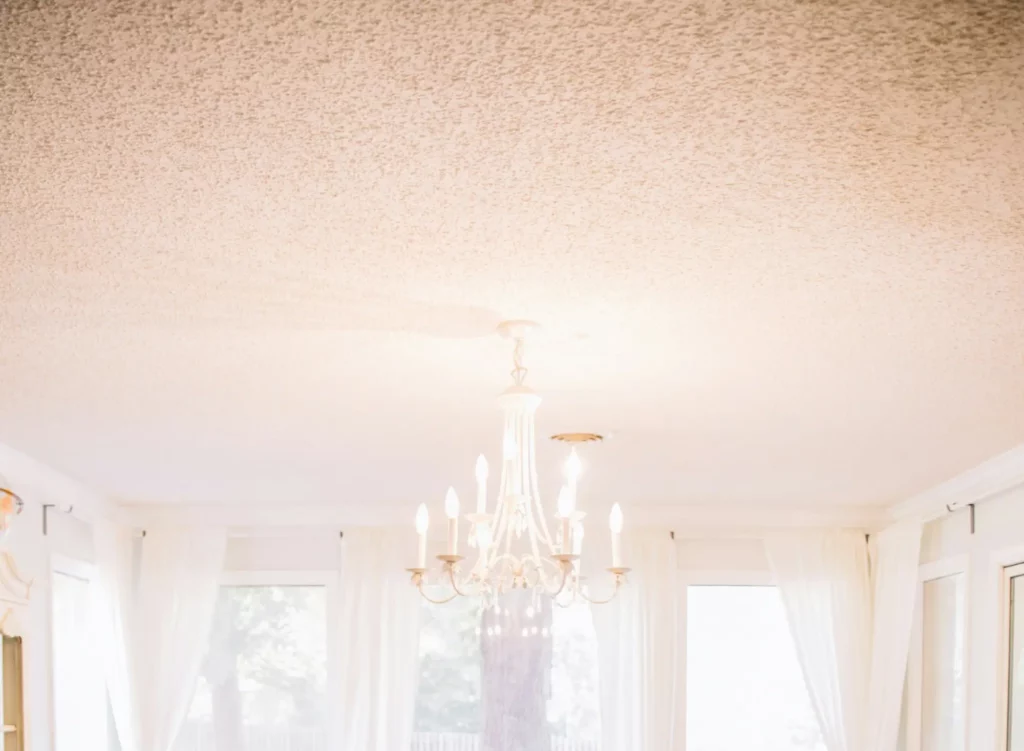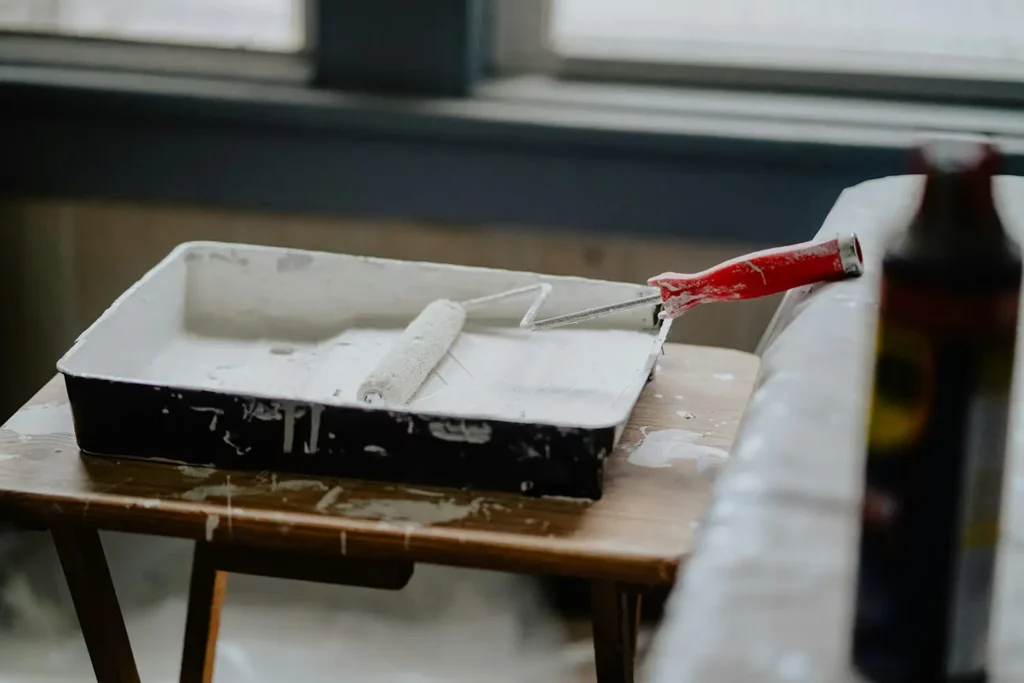
Popcorn and stucco ceilings were once popular for their acoustic properties and unique texture. However, modern homeowners often find these finishes outdated and prefer a smoother, more contemporary look. Removing these textured ceilings can significantly enhance a room's appearance and overall atmosphere. Yet, if you are looking into a renovated home this project requires careful planning and consideration due to potential hazards and the complexity of the task.
Before embarking on popcorn or stucco ceiling removal, it's crucial to address potential health and safety concerns. One major risk is asbestos, a harmful substance commonly found in popcorn ceilings created before 1980. If your home falls within this timeframe, professional asbestos testing is imperative before proceeding. Additionally, the removal process generates substantial dust, necessitating proper protective gear, including a respirator, goggles, and gloves. To prevent dust dispersal, cover floors, furniture, and doorways with plastic sheeting.
Deciding between a DIY project and hiring professionals depends on factors such as your skill level, the ceiling's size, and the potential presence of asbestos. For those uncertain about their abilities or concerned about asbestos, professional assistance is highly recommended.
The removal process typically involves wetting the ceiling to soften the texture, followed by scraping it off using a putty knife. Repairing any drywall damage with joint compound is essential before determining the desired finish for the new ceiling.

Once the stucco removal is done, you have several options:
By prioritizing safety, planning carefully, and considering your desired outcome, you can successfully transform your space with popcorn or stucco ceiling removal.
Would you like to know more about specific techniques for removing popcorn or stucco ceilings, or perhaps explore alternative ceiling options?
comments